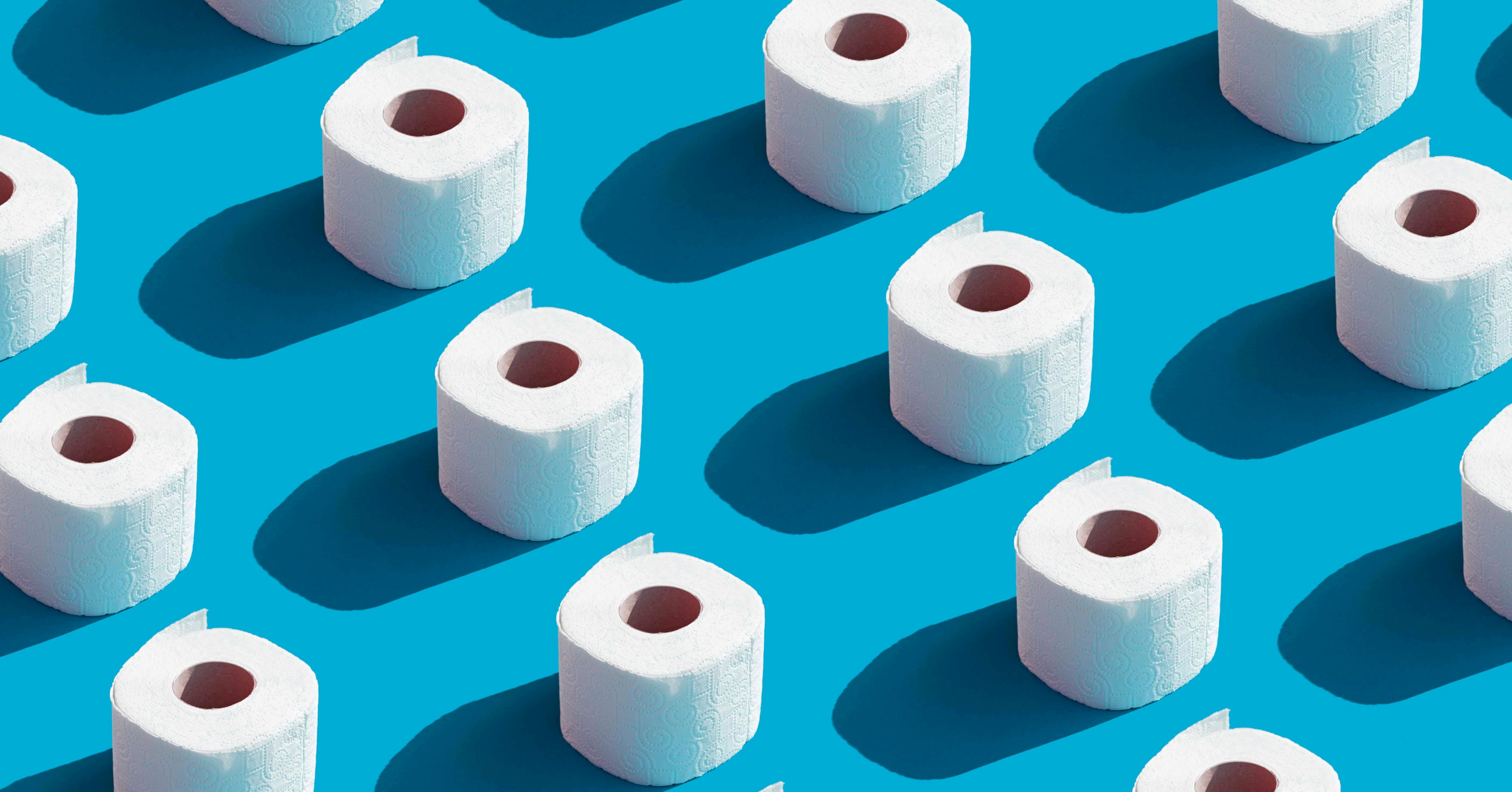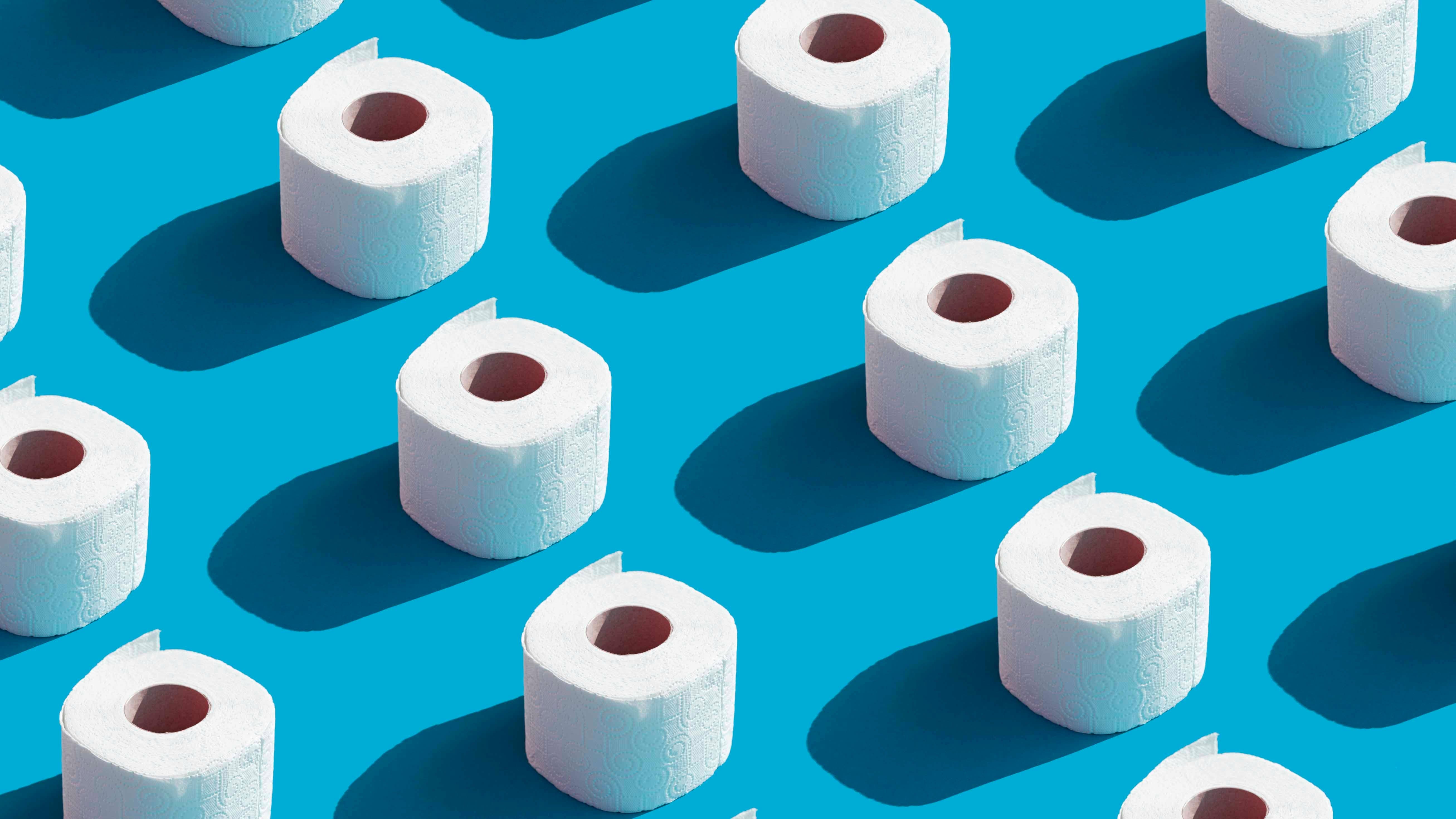Monitoring health through bowel movements


It may not be the most enjoyable thing to do, but checking out your bowel movements is an important way to monitor your health.
If you pay attention to this regular bodily function, you’ll get a sense of what’s normal for you – and be able to spot if something changes.
“More and more research is linking gut health and many other aspects of overall health, so it is a great place to focus on to support all other systems,” says Liz Wyosnick MS, RDN, a registered dietitian and owner of Equilibriyum in Seattle.
Here are the basics about going No. 2, what’s normal and what you should watch out for.
Regularity
“There isn’t exactly a set schedule that everyone should stick to,” says Megan Wong, a registered dietitian working with AlgaeCal. “How often you should poop looks different for everyone. The key thing is staying regular and realizing when your habits change. If you start going less often, for example, this might indicate constipation and the need to eat more fibre, drink more fluids or engage in more physical activity.”
Generally, you want to be going No. 2 at least once a day, experts say.
Wyosnick says one to three bowel movements a day is considered normal. “A bowel movement is the best way to eliminate toxins, food byproducts, excess cholesterol, and excess hormones, so eliminating at least one time per day is a good goal.”
“The timing of your bowel movements should be regular and consistent,” adds Amanda A. Kostro Miller, RD, LDN, who serves on the advisory board for Fitter Living. “Most people feel good with having at least one BM per day, whereas less frequent can make people feel sluggish and full.”
The keys to staying regular, Kostro Miller says, are: consistent meals/meal times, exercise/physical activity, fibre, and water. For more on adding fibre to your diet, read our recent article Fibre 101.
Bathroom trips should be short and sweet
“A trip to the bathroom should be relatively short-lived, perhaps five [to] 10 minutes to get your business done,” Wyosnick says. “It should be alleviating and without pain or strain. Excessive pain or straining can denote hard stool, and constipation that needs to be addressed before it leads to hemorrhoids or fissures.”
You gotta look
“Don’t be bashful, look in the toilet after your BM to assess how your digestion is functioning and your state of health,” says Wyosnick.
A smooth exterior in the shape of a coil, S or C is ideal and typically denotes a good elimination, she explains. “Pebble-like stool tends to mean constipation, and [stools that are] too watery or loose can give clues into a possible food intolerance.”
Kostro Miller adds: “A healthy BM is soft, formed, and easy to pass. Dark, hard or BMs that hurt may indicate lack of hydration or constipation issues. BMs that are watery like diarrhea may indicate digestion issues, consumption of spoiled food or an altered gut biome.”
You also want to check whether your poop floats or sinks, Wyosnick says. “Floaters can mean that there is a lot of fat in the stool and you [may] be experiencing maldigestion of fat. Look at your meal composition and experiment with lower fat, and additional soluble fibre. If fatty stools persist, see a doctor.”
In addition to form and shape, you also want to look for any undigested food.
“If you see remnants of food in your stool it could denote maldigestion of that food,” Wyosnick says. Corn and the red pigment of beets don’t fully break down, so if you notice that, it’s okay. But if you see other undigested food in your stool, Wyosnick says you can experiment with slowing down when you’re eating, chewing thoroughly and reducing your portions of that food until you no longer notice it in your stool.
"Paperwork" should be minimal:
“An ideal bowel movement does not leave a lot of residue and therefore needs minimal toilet paper,” Wyosnick says. “A lot of toilet paper, mucus or residue could mean that something from your previous meals did not sit well with you.”
Take note of your habits
“Pay attention to habits like straining while on the toilet or ‘incomplete evacuation’,” Wong says. “Incomplete evacuation is when you feel like you could poop more, but you’re simply unable to. A common cause of both these habits is ignoring the urge to go when you have to,” she explains. “These can also indicate that you need more fibre, fluids, and physical activity.” If you feel like you’re doing well with diet and exercise, she says, look for any medications you are taking that can be constipating – like pain medications and iron pills.
What to watch out for
- Changes in your stool: “Bowel regularity is different for each person,” says Kristin Gillespie, a registered dietitian and certified nutrition support clinician based in Virginia Beach, Va. “Most frequently, healthy stool is soft, easy to pass, sausage-shaped, and brown in colour.” Changes to watch out for “include the presence of blood, change to a dark/black or grey colour, and prolonged diarrhea or constipation. If you experience any of these, you should consult with your doctor.”
- Frequent constipation: “Occasional constipation happens to everyone,” Kostro Miller says, “but if you regularly deal with constipation, there may be a bigger issue. The first line of defence is dietary and lifestyle changes. To help make stools easier to pass, make sure you are getting enough fibre from fruits, veggies, whole grains, nuts/seeds and legumes.” You also want to ensure you’re drinking enough water, she says, because having too much fibre without enough fluid can make stools difficult to pass.
- Chronic diarrhea: Diarrhea can happen to anyone occasionally, Kostro Miller explains, but chronically loose stools could indicate malabsorption or possible bowel conditions. “Any chronic bowel conditions should be treated by a doctor and registered dietitian,” she adds.
